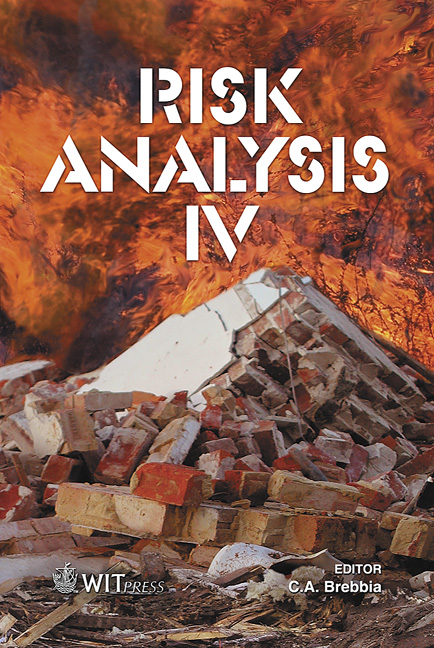Contaminated Well Water: A Risk Factor For Helicobacter Pylori Infection
Price
Free (open access)
Transaction
Volume
77
Pages
10
Published
2004
Size
282 kb
Paper DOI
10.2495/RISK040391
Copyright
WIT Press
Author(s)
U. E. Rolle-Kampczyk, G. J. Fritz, U. Diez, I. Lehmann, M. Richter & O. Herbarth
Abstract
Helicobacter pylori (H. pylori) infection occurs worldwide but the transmission of this human gastric pathogen remains poorly understood. Risk factors are sociodemographic- and hygiene-related with faecal-oral and oral-oral routes as likely modes of transmission. Based on epidemiological studies, water supplies have been identified as possible reservoirs to acquire the bacterium. Our laboratory has conducted H. pylori studies, including a microbiological examination of untreated well water. This study investigated the possible transmission of H. pylori among asymptomatic individuals using/drinking these well waters. The study consisted of a self-administered or parent-completed questionnaire (age-dependent), eliciting information on lifestyle habits and their use/drinking the well water as well as the H. pylori [13C]urea breath test. Applying household cluster sampling, a total of 91 subjects (44 users of H. pylori positively and 47 negatively tested wells) were screened for their H. pylori status. The group was comprised of 42 males and 49 females, i.e., 73 adults and 19 children under the age of 18 (mean age 39.5 years with a range between 3-80 years). Logistic regression analyses identified the drinking of well water as the significant risk factor for a positive colonisation status [Odds Ratio (OR)=8.3; 95% confidence interval (95% CI) 2.4-29.0; p<0.001]. The acquisition of the H. pylori pathogen from well water appears to be age-dependent (Chi2 27.7, p<0.001). The over 30-year old participants are much more likely to harbour the organism than younger ones. It can be concluded that drinking and/or using H. pylori contaminated well water is a risk in the acquisition of H. pylori. Given the public health impact of H. pylori infection, this should be taken into account when measures of prevention are considered.Keywords





